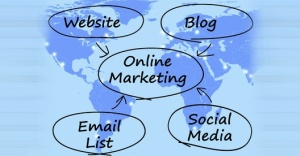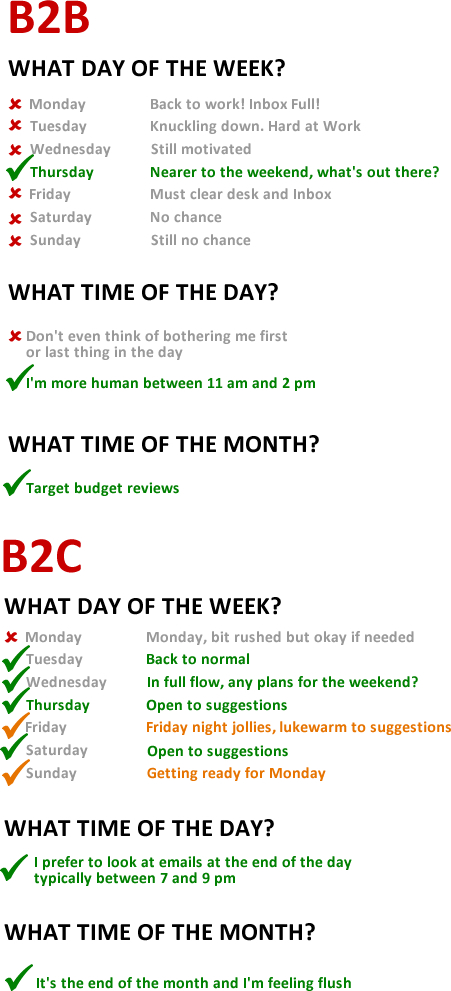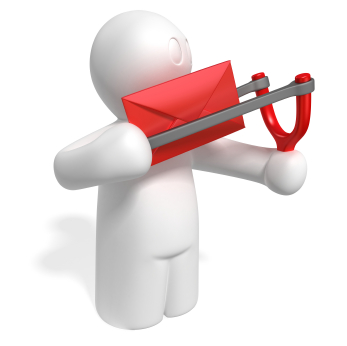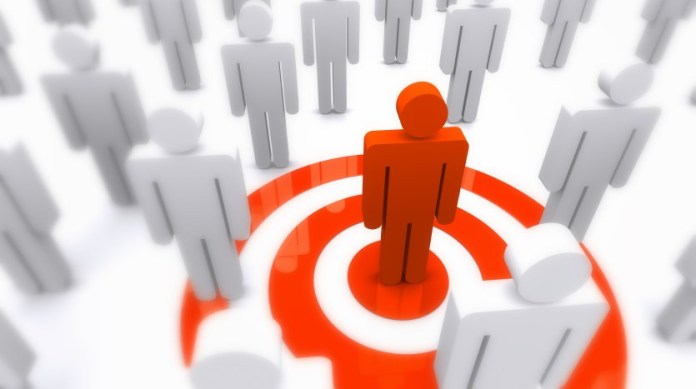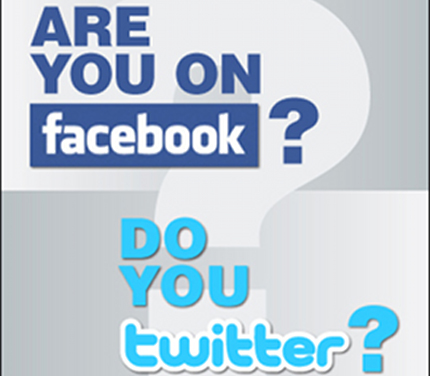E-markenting has been influencing the consumer buying decision process the last couple of years. To understand the the influence on E-Marketing in the consumer decision process we have to go through the stages of the Consumer Buying Decision Process (sometimes referred to as Consumer information processing model)
Many versions exist for a typical buying process; starting anywhere from 3 to 5 or more steps (generally used for more complex decisions). I will use a 5 step process, which is usually used to purchase a computer or a consumer durable.
1) Problem Recognition
In this stage the consumer begins to recognize a problem or need to be satisfied by a specific product or service.
2) Information Search
This stage is critical for E-Marketing as the consumer has already discovered the problem. Now he starts to search for information and also becomes more attentive to ads. The consumer might also engage in actively looking for information by searching online, visiting stores and even talking to friends about this product.
3) Evaluation and Selection of Alternatives
During this stage the consumer evaluates the different products and attributes of the different options with which he was presented with. The consumer sees each product as a “bundle of attributes” with different levels of ability of solving benefits to satisfy his or her need.
4) Decision Implementation
At this point the consumer is ready to satisfy its need for a specific product. The person may visit a store to purchase one of the items he was evaluating or he might purchase online. This point is critical as the buyer will purchase a unit that is at the right “place”.
5) Post-Purchase Evaluation
Post-purchase evaluation can have different levels of involvement depending of the product. If the product is just a diet soda their will likely be little post-purchse evaluation. However, if the purchase is a computer the consumer might ask himself a couple of questions such as “Did I make the right choice?” “Should I have purchased a different brand?”, the user might also right reviews and opinions of the product which might help attract other consumers to purchase the same product during their evaluation stage.
At this point we start to consider that the buying decision process is a funnel in which the consumer enters and exits with the purchase of the product. However, according to Sound Marketing from the American Marketing Association the way that consumers research and buy the products have changed.
http://www.psama.org/2012/11/12/forget-the-funnel-todays-buying-decision-process-is-a-continuous-active-evaluation-of-options-and-conclusions-before-during-and-after-purchase/
A study done by McKinsey, a large consultant firm, has discovered that the funnel analogy which “has been a basic guideline for marketing thinking and planning for many years in which consumers start with a number of potential brands in mind (the wide end of the funnel) and then systematically move through linear stages of familiarity, consideration and purchase by narrowing the choices along the way to get to the one brand they ultimately purchase.”
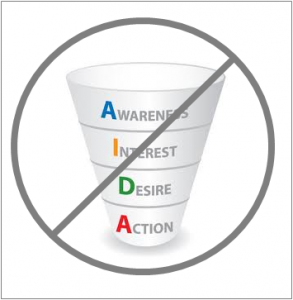
Marketers should understand that the internet and the availability of information through a smart phone is a major influence on the buying decision process
The internet and the availability of information have changed some of the steps as described above one of the steps most affected by internet and e-marketing is the second step in which now the consumer has access to other consumers post-purchse experiences an almost unlimited number of options and has empowered the consumer.
The post-purchase experience
Another step that has been drastically altered is the post-purchase experience. Today the consumer will go online and research if the purchase made confirms the wisdom of their decision. At the same time the consumer will compare his experiences with the experiences of other consumers reading reviews, social media and other blogs.
It is important for todays marketer to understand the importance of e-marketing and to build a bridge between the brand and the consumer. This bridge may be created by Facebook fan pages, blogs or even hotlines which allows the consumer to contact and share its experience of the product with the brand and start a start a relationship between that person and the brand.
